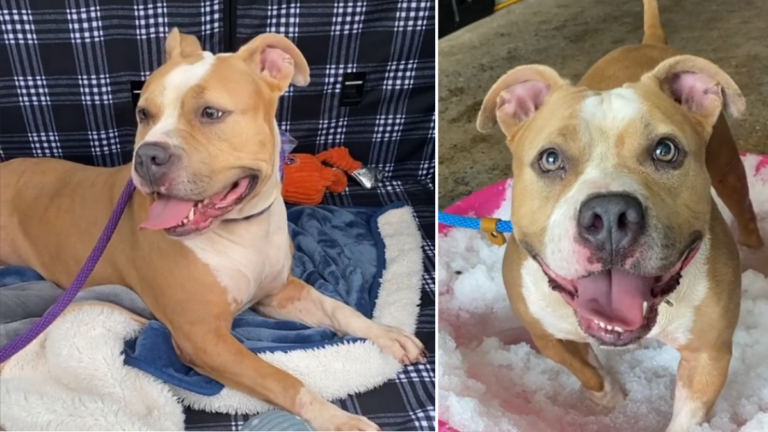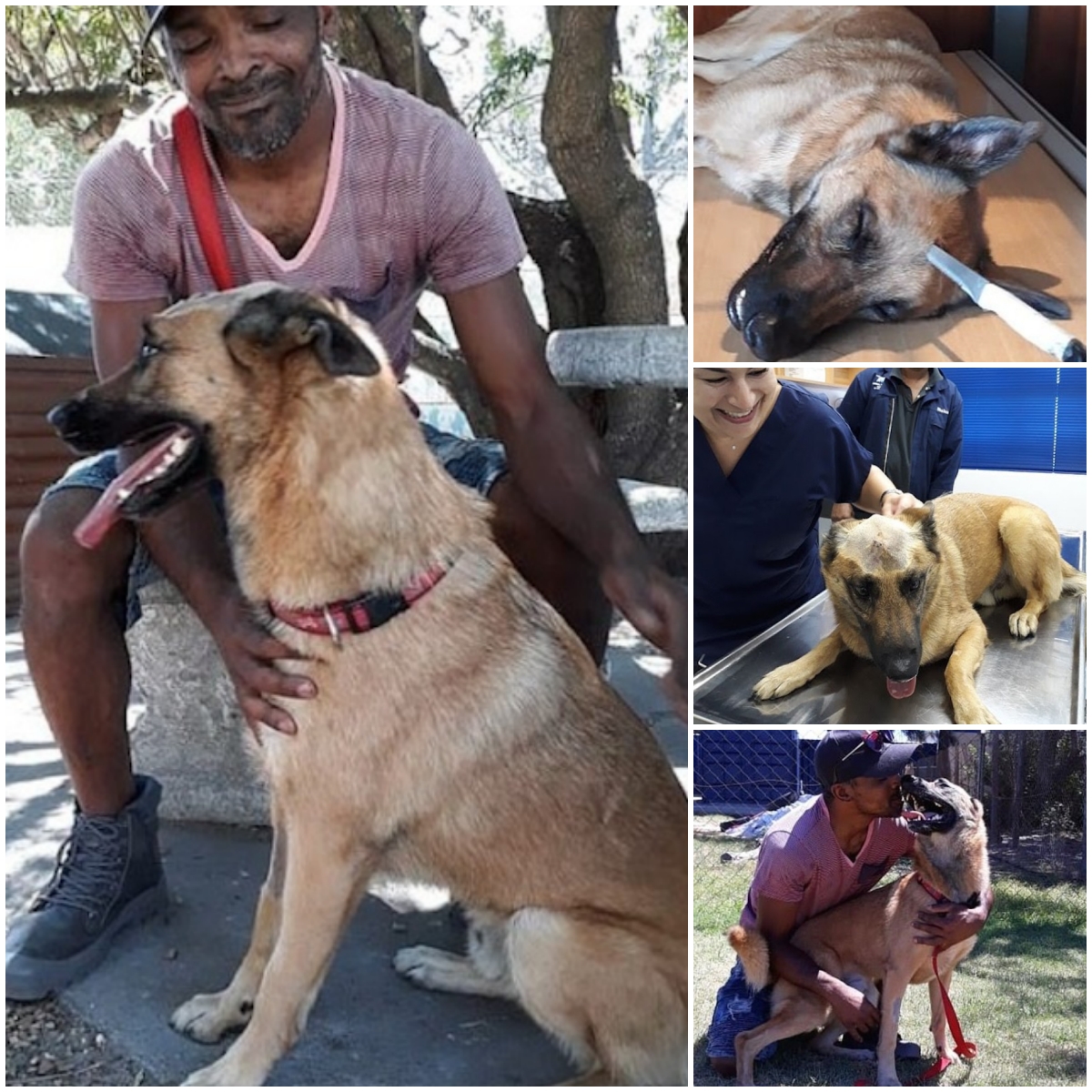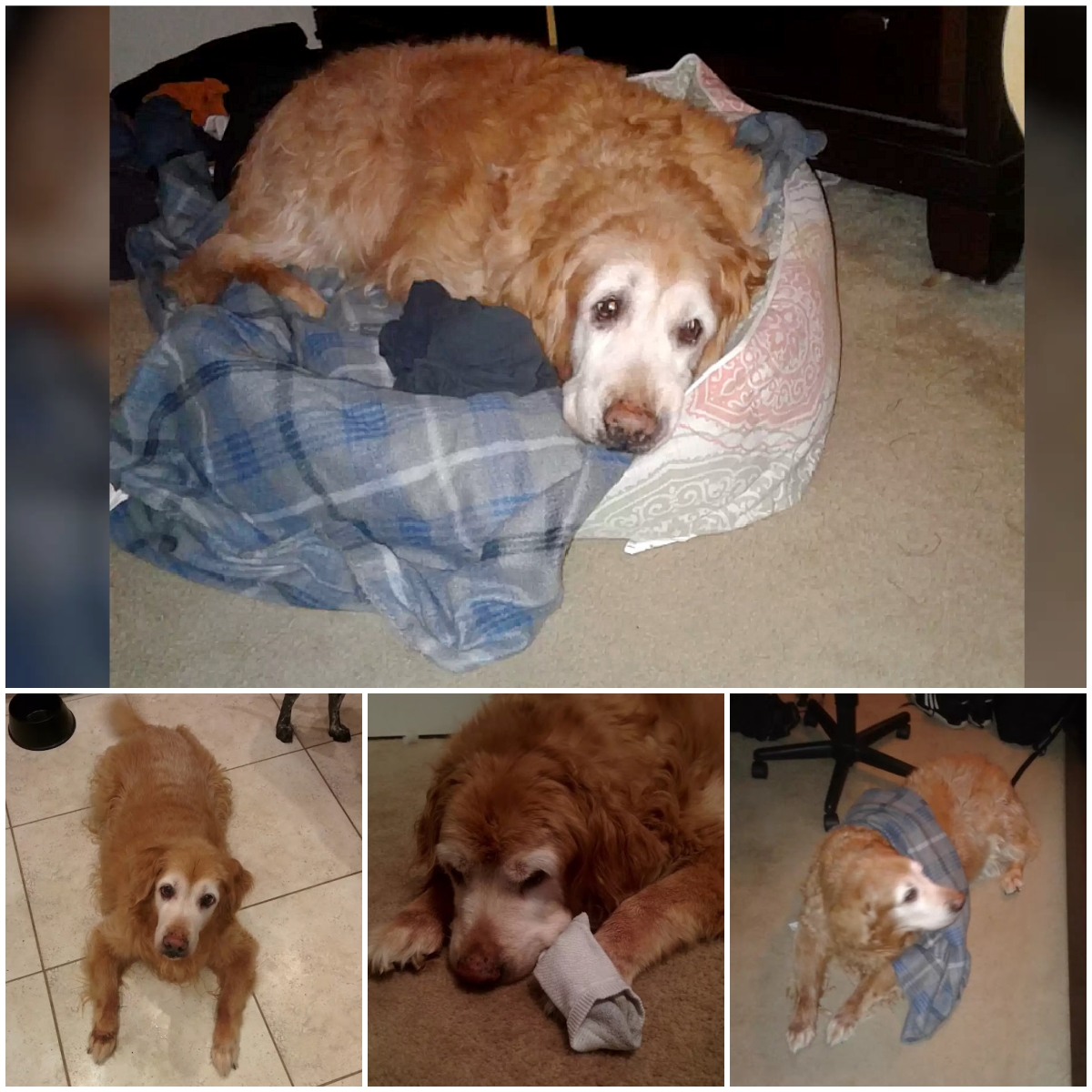
The sad reality is that some dogs at AHS Newark have been residents there for too long despite the incredible qualities they possess. Among these dogs is Barbie, a 7-year-old Pit Bull Mix with the sweetest demeanor ever.
Barbie has been at the shelter for nearly 600 days, and staff just can’t figure out why this lovely pup is still without a forever home. All Barbie has been yearning for since she arrived at the shelter is to be a cherished canine family member. But almost two years later, nobody has offered her the forever home she’s long desired.
@adoptapet Barbie is available for adoption from @Ahsnewark – you can find her adoption profile in our bio! #rescuedog #rescuedogsoftiktok #shelterdog #doglover #rescue original sound – Adopt a Pet

Barbie was found as a stray, injured and hopeless about what the future held for her. At the time, she suffered from severe rectal prolapse (learn more about that below. Thankfully, she underwent surgery and recovered.
Despite the unpleasant experiences she endured as a stray, Barbie has done remarkably well in rising above her past. She’s been a well-behaved pup from the moment she stepped foot in the shelter and loves those she trusts like there’s no tomorrow. In fact, the shelter says she exudes the “it girl” energy, so you can be sure her personality is something you’d want to wake up to every single day.

When you meet Barbie for the first time, she may come across as quite shy and reserved. But if you look past that and give her time to be at ease around you, you’ll be privileged to experience the real Barbie: an exceptionally affectionate pup who likes to wear her infectious smile when around those she loves.
When she isn’t showering you with the most slobbering face licks, she’s showcasing her skills in the snuggling sector. Oh, and we have to mention that the quickest way to Barbie’s heart is chicken nuggets.
Since this gorgeous Pittie takes time to warm up to people, she’s best suited for a household with older kids, as they’ll understand she just needs a little time to come out of her shell. Barbie is dog-friendly and enjoys going for sniff walks.
If you’d love to bring her lengthy stay at the shelter to an end, please visit AHS Newark’s website for details on her adoption process.
Also Read:What To Feed a Dog With an Upset Stomach: How to Ease Your Dog’s Digestive Discomfort
Barbie had rectal prolapse when she was first found. Wondering what that is?
1. What is rectal prolapse in dogs?
Rectal prolapse in dogs occurs when part or all of the rectal tissue protrudes from the anal opening. This can range from a partial prolapse, where only the inner layers of the rectum protrude, to a complete prolapse, where the entire thickness of the rectal tissue is visible outside the anus.
2. What causes rectal prolapse in dogs?
Rectal prolapse in dogs can be caused by chronic straining to defecate, often due to gastrointestinal issues like intestinal parasites, chronic constipation, diarrhea, or a foreign body in the rectum. Other causes include trauma or tumors.
3. Is rectal prolapse in dogs an emergency?
Yes, rectal prolapse in dogs can be an emergency, especially if the prolapsed tissue is complete and remains outside the body for an extended period. The tissue can become dry, swollen, and damaged, requiring immediate veterinary treatment to prevent further complications.
“My Maltese had diarrhea for about a week and was really straining to poop,” said Lorna Ladd. “One day he came in and was running around erratically. When I caught him I noticed that his bottom had what looked like a red bulbous thing coming out, and my dog was clearly in pain.”
Lorna immediately took him to the vet where they put the dog under anesthesia. “They fixed the issue by pushing it back in but his bottom did not look normal for months,” she shared. “That was 10 months ago and so far he has not had a recurrence.”
4. Can a rectal prolapse heal itself in dogs?
In some cases, a mild or early rectal prolapse in dogs, particularly an incomplete prolapse, may resolve with supportive care and treatment. However, complete prolapse or prolonged cases usually require medical or surgical intervention to heal properly.
5. What are the symptoms of rectal prolapse in dogs?
Symptoms of rectal prolapse in dogs include visible tissue protruding from the anus, straining to defecate, swelling around the anal opening, and possible bleeding from the rectal tissue. Dogs may also lick or bite the area due to discomfort.
6. How is rectal prolapse in dogs treated?
The treatment of rectal prolapse in dogs depends on the severity. Mild cases may be treated with stool softeners, anti-parasitic medications, and supportive care to reduce straining. For more severe or complete prolapse, surgery may be necessary, such as using a purse string suture to keep the rectum in place. In cases of damaged tissue, the prolapsed tissue may need to be surgically removed.
7. Are there home remedies for rectal prolapse in dogs?
Home treatment of rectal prolapse in dogs is limited. Owners can keep the area clean and moist with saline solution and apply a water-based lubricant to protect the protruding tissue. However, veterinary attention is often needed, and home remedies should not replace professional care, especially in severe cases.
8. How can rectal prolapse in dogs be prevented?
To prevent rectal prolapse in dogs, it’s important to address underlying causes such as chronic constipation, diarrhea, and intestinal parasites. Regular deworming, a proper diet to prevent gastrointestinal upset, and avoiding straining during defecation can help reduce the risk.
9. What is the difference between complete and partial rectal prolapse in dogs?
A partial rectal prolapse in dogs involves only the inner layers of the rectum protruding through the anal opening, while a complete prolapse means the entire thickness of the rectal tissue is protruding from the anus. Complete prolapse is more severe and typically requires surgical intervention.
10. What is a purse string suture, and how is it used in rectal prolapse treatment?
A purse string suture is a technique where a circular stitch is placed around the anal opening to keep the rectum in place after a prolapse. This allows the tissue to heal while preventing further prolapses from occurring. It is commonly used in the surgical treatment of rectal prolapse in dogs.
11. What are the layers of the rectum that can prolapse in dogs?
The rectum consists of several layers, including the mucosa, submucosa, muscularis, and serosa. In a rectal prolapse, any of these layers can protrude through the anal opening, with more severe cases involving the full thickness of the rectal tissue.
12. Can straining to defecate cause rectal prolapse in dogs?
Yes, straining to defecate is a common cause of rectal prolapse in dogs. This straining may be due to chronic constipation, diarrhea, or intestinal parasites, all of which put pressure on the rectum and can lead to prolapse.
13. Why is blood work necessary in treating rectal prolapse in dogs?
Blood work is often part of the diagnosis and treatment of rectal prolapse in dogs to check for underlying health issues such as infections, dehydration, or systemic conditions that may have contributed to the prolapse, and to ensure the dog is healthy enough for surgery if needed.
14. What role do intestinal parasites play in rectal prolapse in dogs?
Intestinal parasites can cause gastrointestinal irritation, diarrhea, and straining, all of which increase the risk of rectal prolapse in dogs. Regular deworming and parasite prevention are crucial to minimizing this risk.
15. Can stool softeners help with rectal prolapse in dogs?
Yes, stool softeners are often prescribed in cases of rectal prolapse to reduce straining during defecation. By softening the stool, dogs are less likely to push hard, allowing the rectal tissue to stay in place and heal more effectively.
Also Read:This Golden Retriever Puppy Couldn’t Stop Peeing—The Hidden Danger Dog Owners Often Miss





